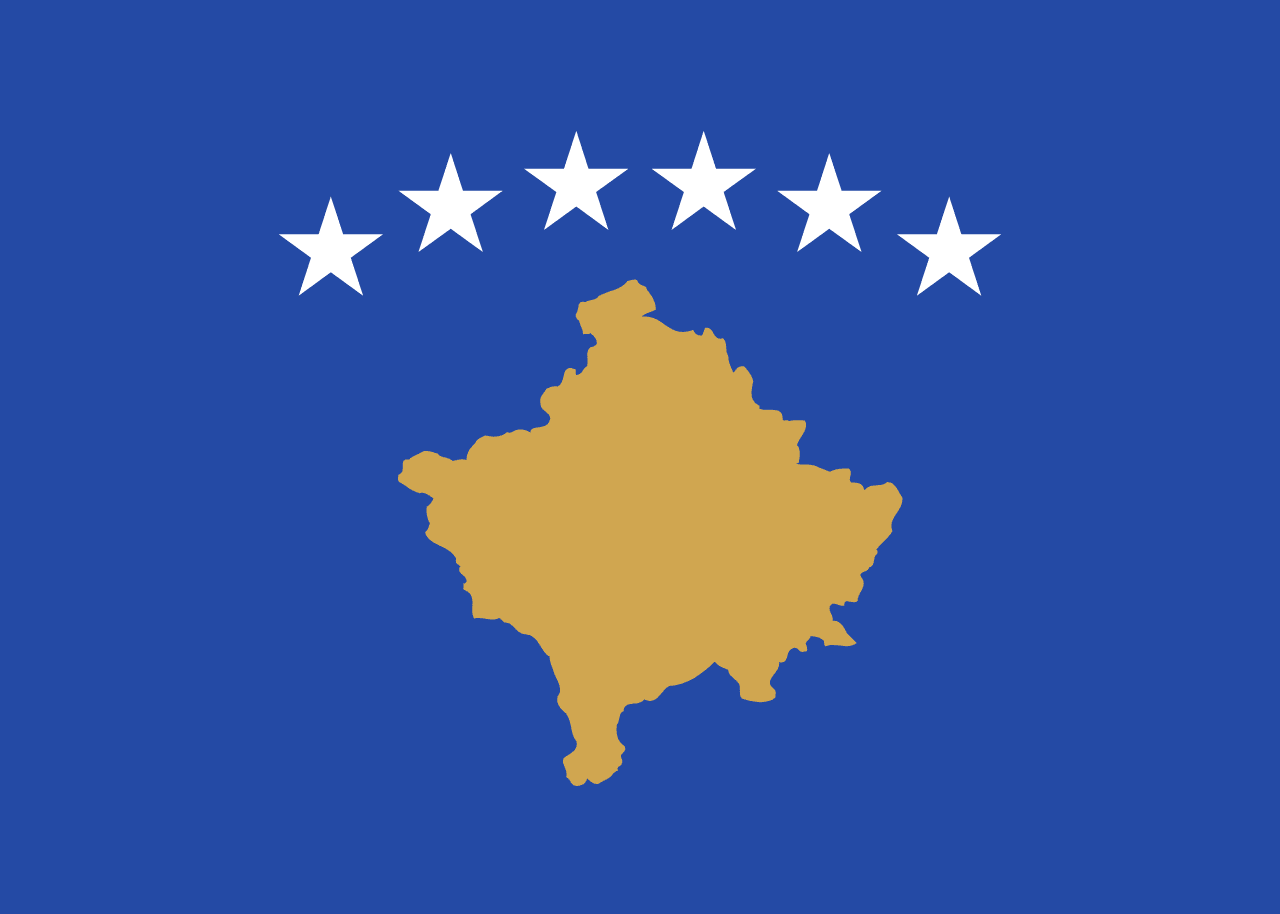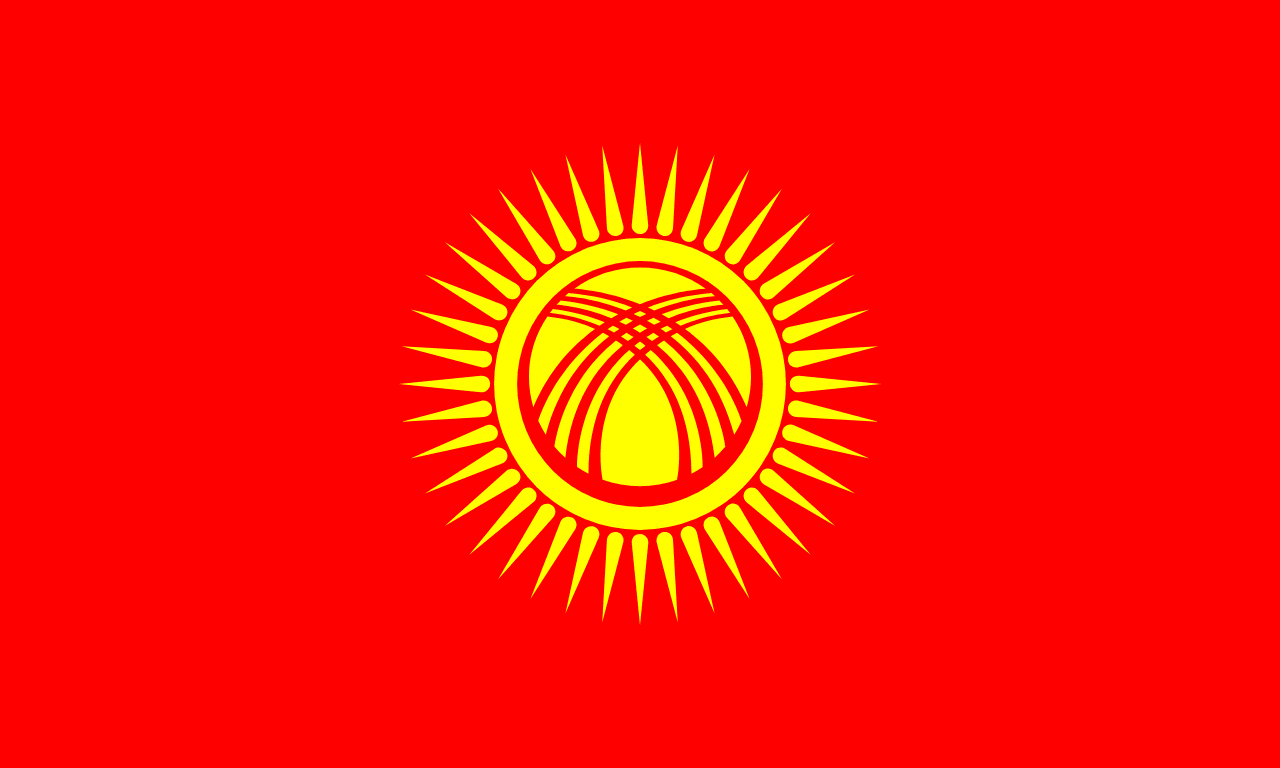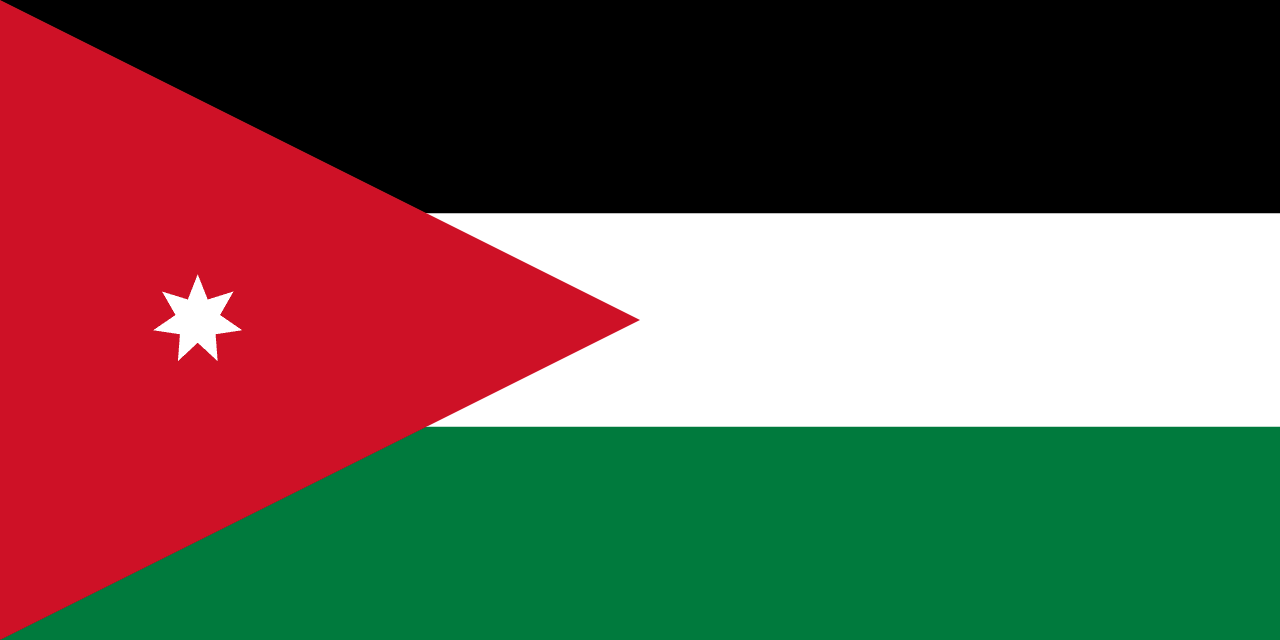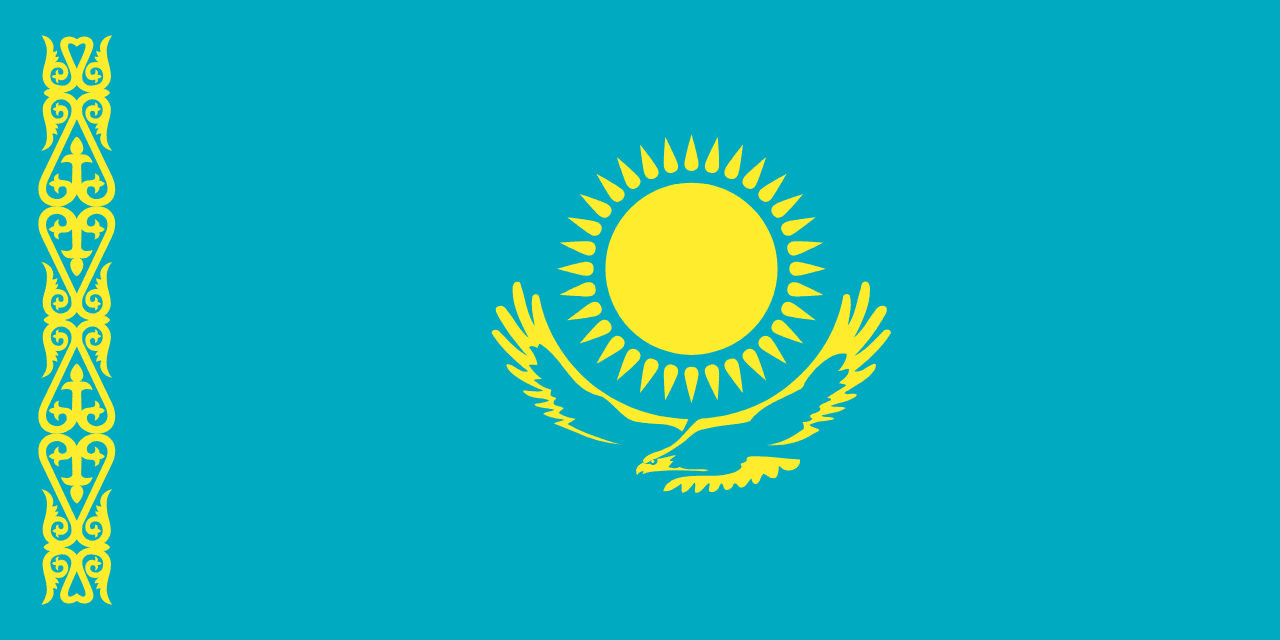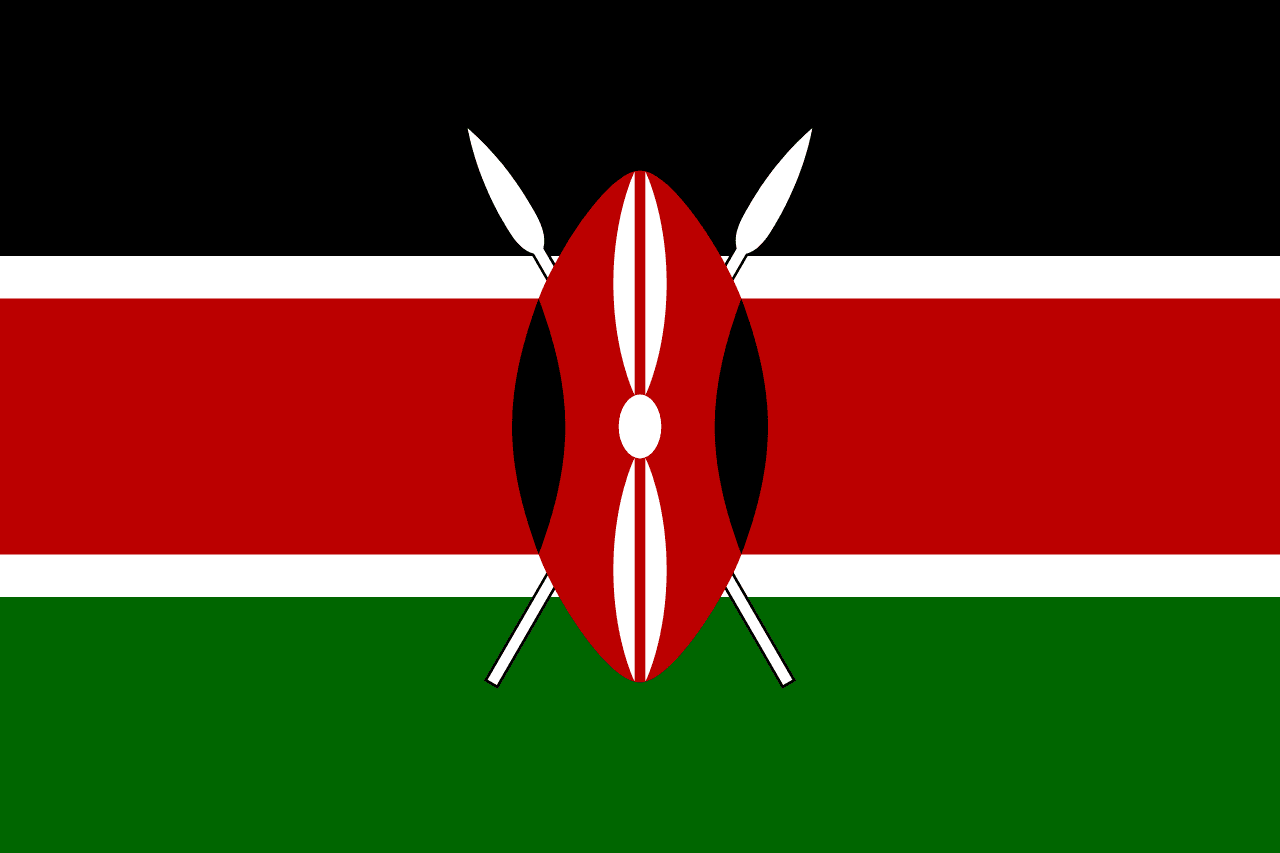The flag of Kiribati features a red field with a golden frigatebird flying over a rising golden sun, above three horizontal wavy blue and white stripes. This unique and vibrant design encapsulates Kiribati's geographical location, natural environment, and cultural identity as a Pacific island nation.
Kiribati information
| National Flag Day | July 12 |
| Sovereign state | Yes |
| Official name | Republic of Kiribati |
| Capital | Tarawa |
| Population | 119,449 |
| Area | 811 km² |
| Currency | Kiribati dollar (AUD) |
| Language | English, Gilbertese |
| Continent | Oceania |
| Region | Micronesia |
| Subregion | — |
| Borders | — |
| Timezone | Kiribati Time (KBT) UTC+12 |
| Calling code | +686 |
| Top-level domain | .ki |
History of the Kiribati flag
 The current flag of Kiribati was officially adopted on July 12, 1979, coinciding with the country's independence from British rule. The flag's design was created by Sir Arthur Grimble, a former resident commissioner of the Gilbert and Ellice Islands (now Kiribati and Tuvalu), and was adapted from the former Gilbert Islands' coat of arms. The inclusion of the frigatebird and the sun reflects elements of traditional Kiribati mythology and the nation's Pacific identity.
The current flag of Kiribati was officially adopted on July 12, 1979, coinciding with the country's independence from British rule. The flag's design was created by Sir Arthur Grimble, a former resident commissioner of the Gilbert and Ellice Islands (now Kiribati and Tuvalu), and was adapted from the former Gilbert Islands' coat of arms. The inclusion of the frigatebird and the sun reflects elements of traditional Kiribati mythology and the nation's Pacific identity.
Symbolism and design of the Kiribati flag
Each element of the Kiribati flag carries deep symbolic meaning. The red field represents the Pacific Ocean at sunset, symbolizing the end of colonial rule and the dawn of independence. The golden frigatebird (Fregata minor, known locally as te au) symbolizes power, freedom, and Kiribati's connection to the sea. The rising sun represents the equator, which passes through Kiribati, and symbolizes a new beginning. The three wavy stripes (one white between two blue) represent the three main island groups of Kiribati: the Gilbert, Phoenix, and Line Islands. They also symbolize the ocean waves, crucial to Kiribati's identity as an oceanic nation.
Usage and significance of the Kiribati flag
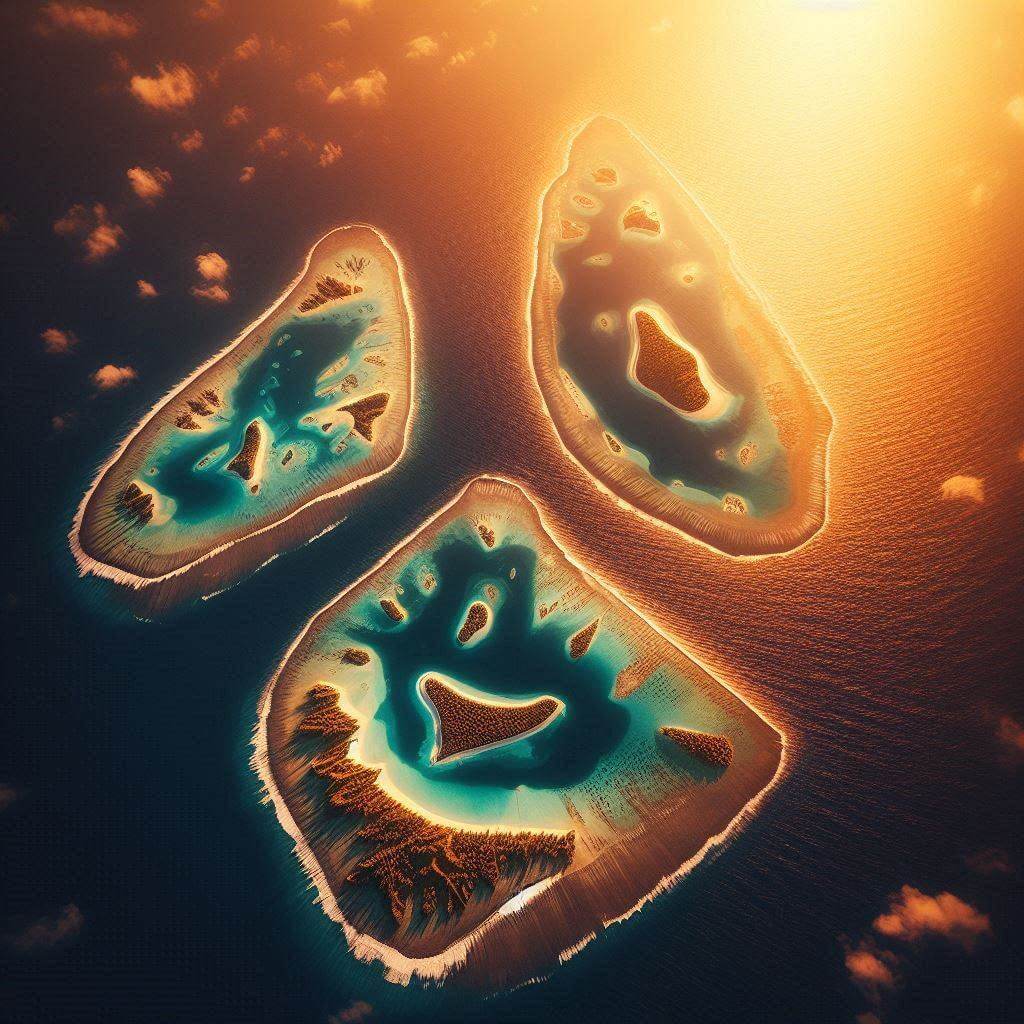 The Kiribati flag serves as a powerful symbol of national identity, unity, and pride. It is prominently displayed during official ceremonies, national holidays such as Independence Day on July 12, and at government buildings. The flag plays a crucial role in representing Kiribati in international forums, diplomatic events, and regional Pacific gatherings. Its distinctive design has become an integral part of Kiribati's national identity, embodying the country's rich cultural heritage, natural beauty, and the challenges it faces as a small island developing state.
The Kiribati flag serves as a powerful symbol of national identity, unity, and pride. It is prominently displayed during official ceremonies, national holidays such as Independence Day on July 12, and at government buildings. The flag plays a crucial role in representing Kiribati in international forums, diplomatic events, and regional Pacific gatherings. Its distinctive design has become an integral part of Kiribati's national identity, embodying the country's rich cultural heritage, natural beauty, and the challenges it faces as a small island developing state.
Interesting facts about the Kiribati flag
- Kiribati is one of the few countries in the world whose flag depicts a specific bird species native to the region.
- The frigatebird on the flag is considered a symbol of power and navigation in Kiribati culture, reflecting the nation's maritime heritage.
- Kiribati is among the countries most vulnerable to climate change, and its flag serves as a reminder of the nation's connection to the ocean and the environmental challenges it faces.
- The flag's design is unique among Pacific island nations, making it easily recognizable in international contexts.
- The name "Kiribati" is actually pronounced "Kiribas," which is the local rendition of "Gilberts," referring to the former Gilbert Islands.
